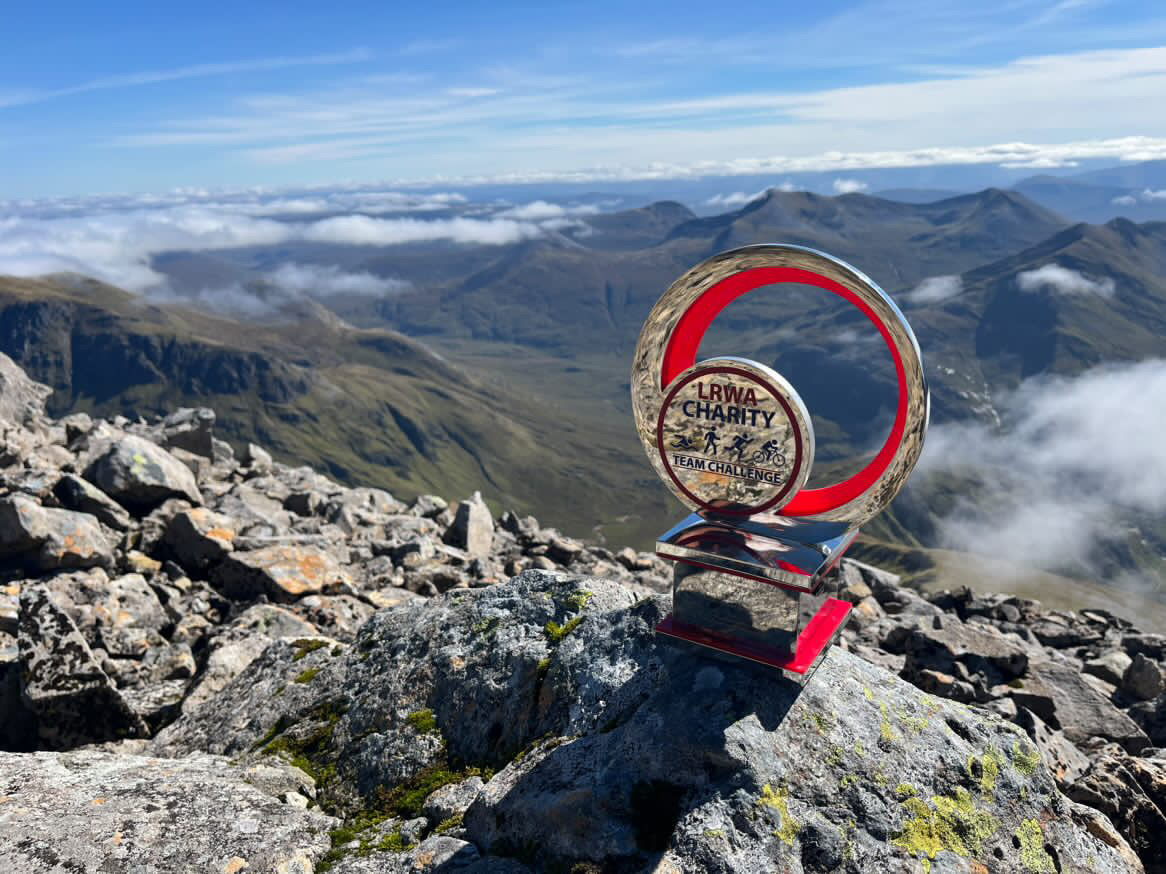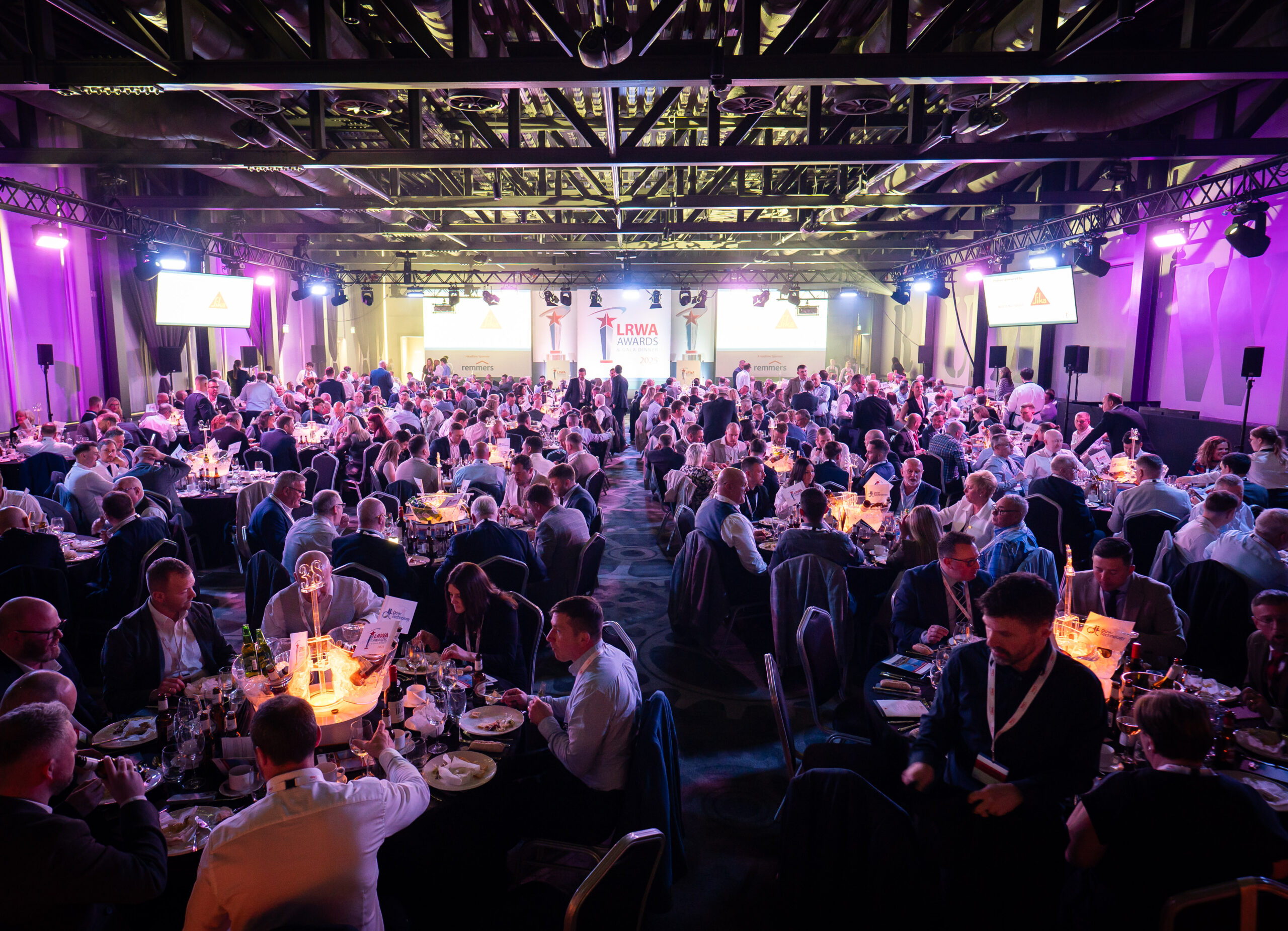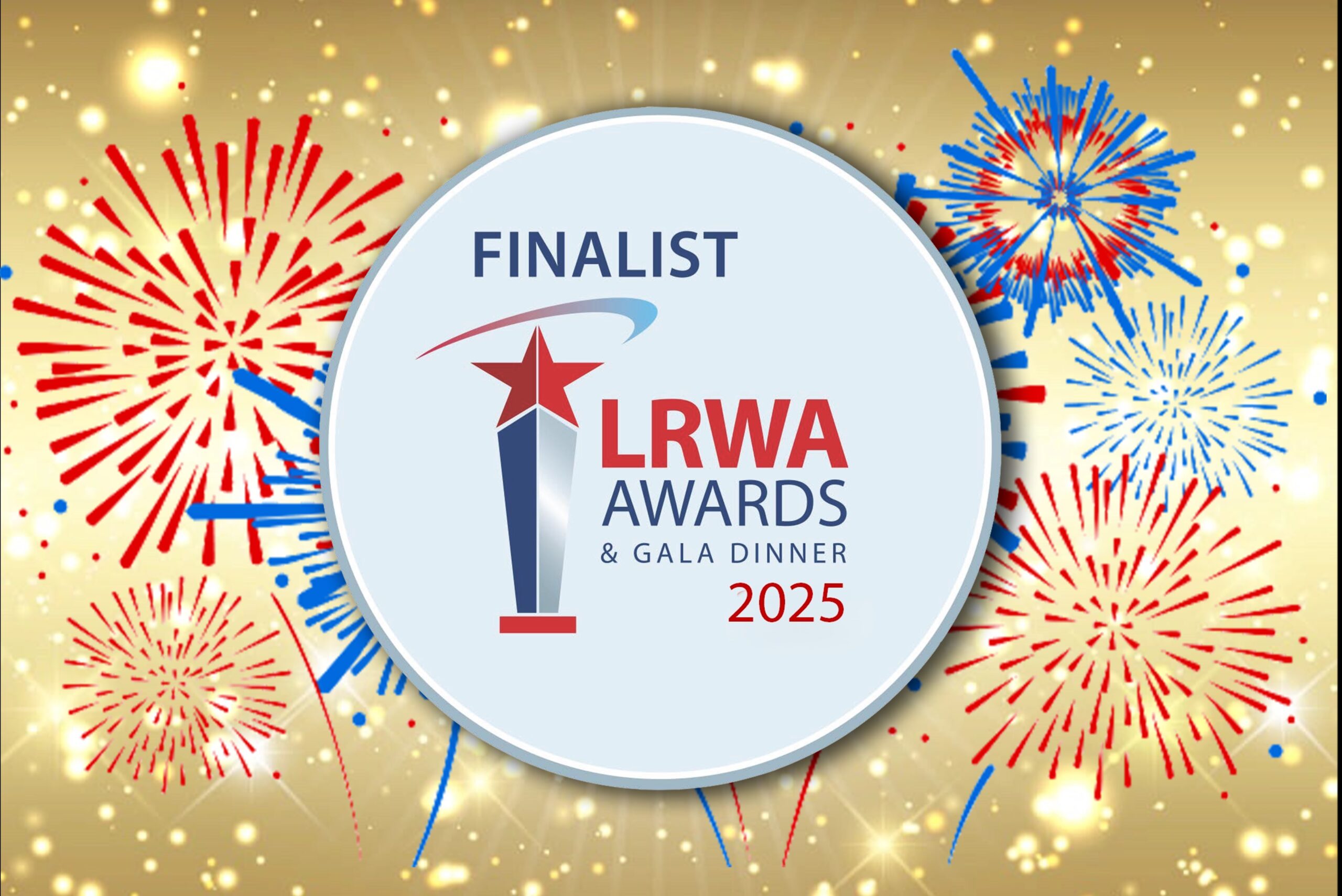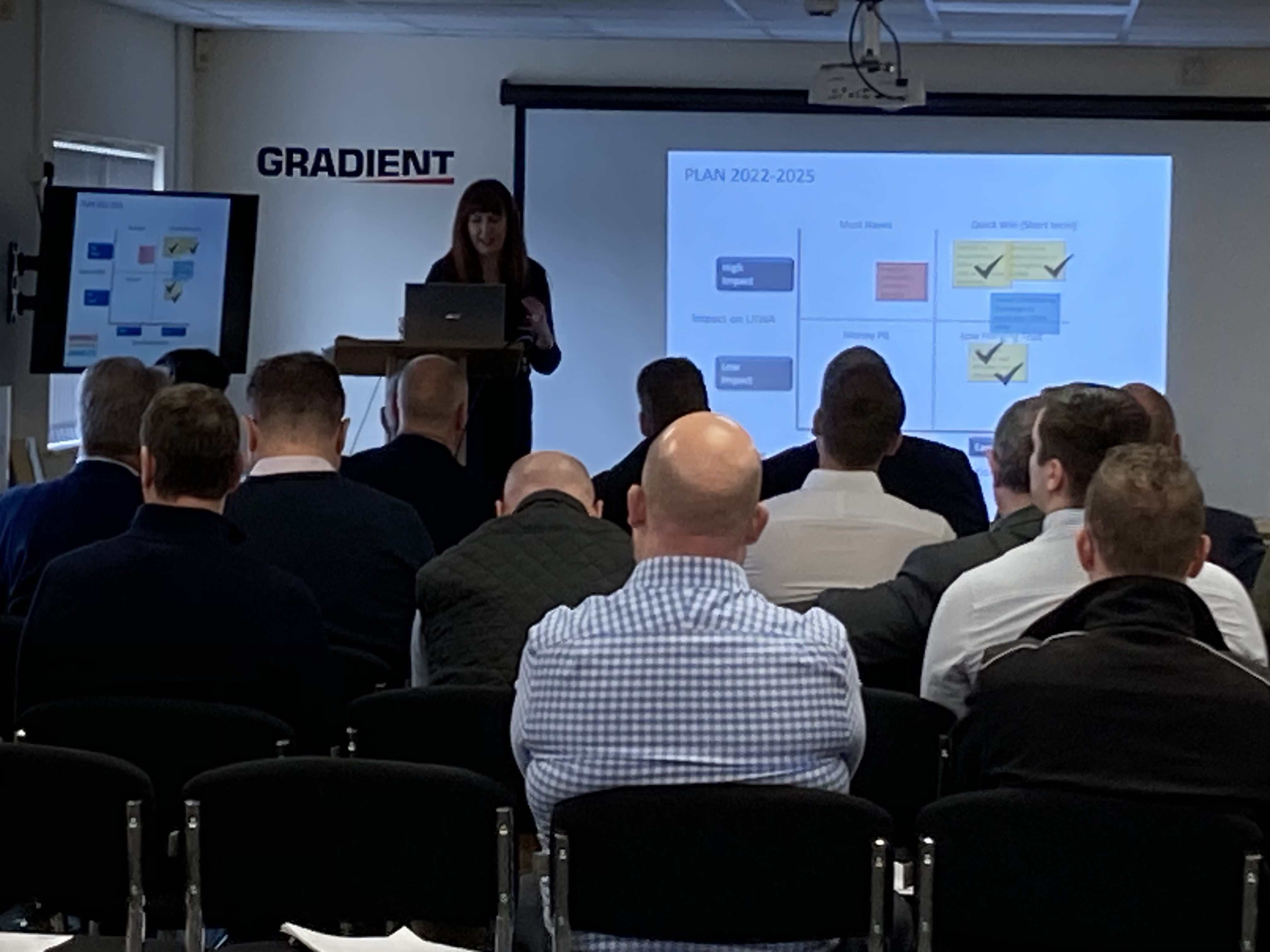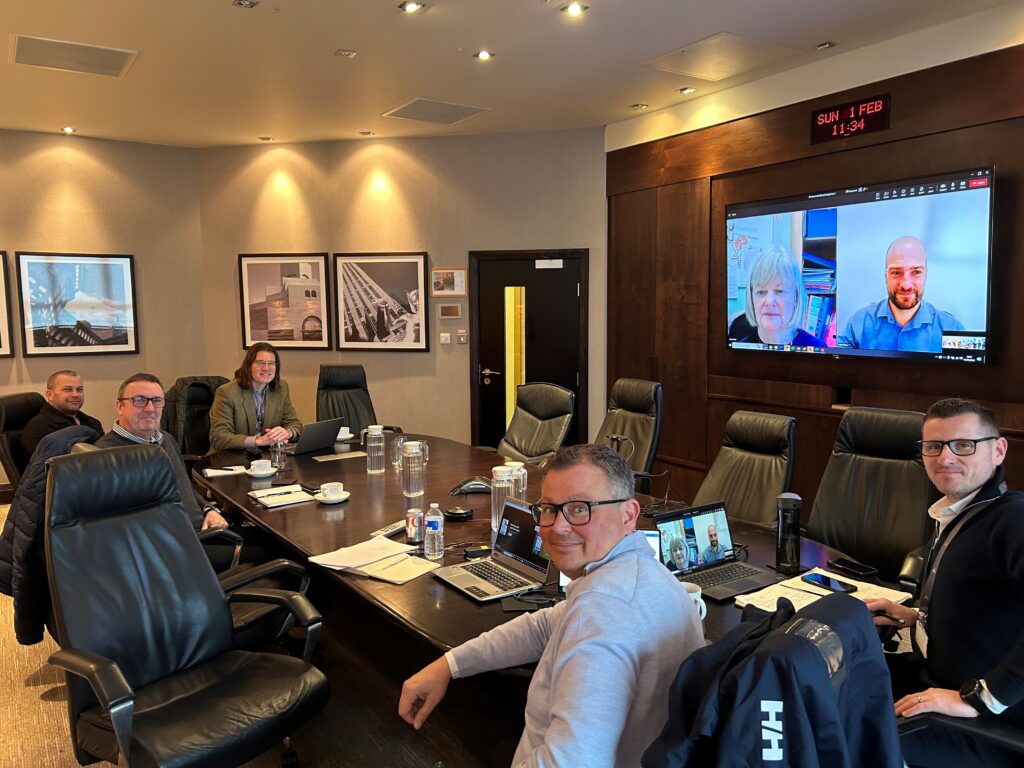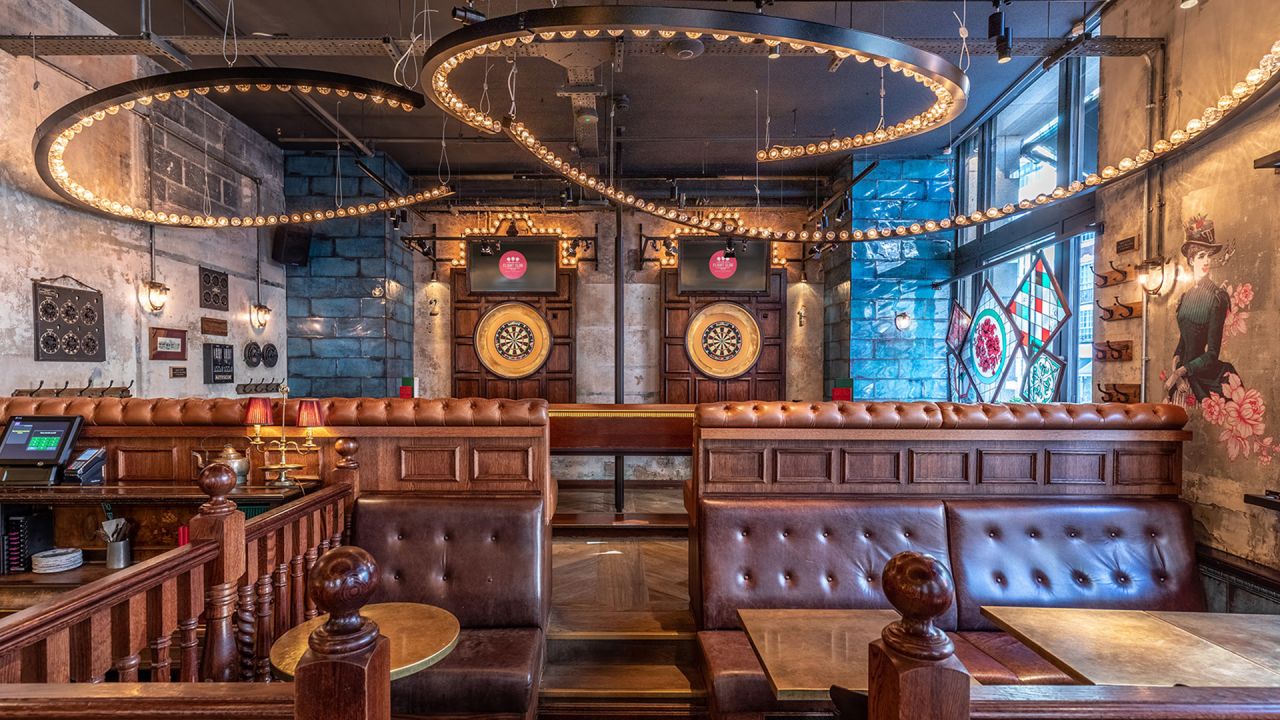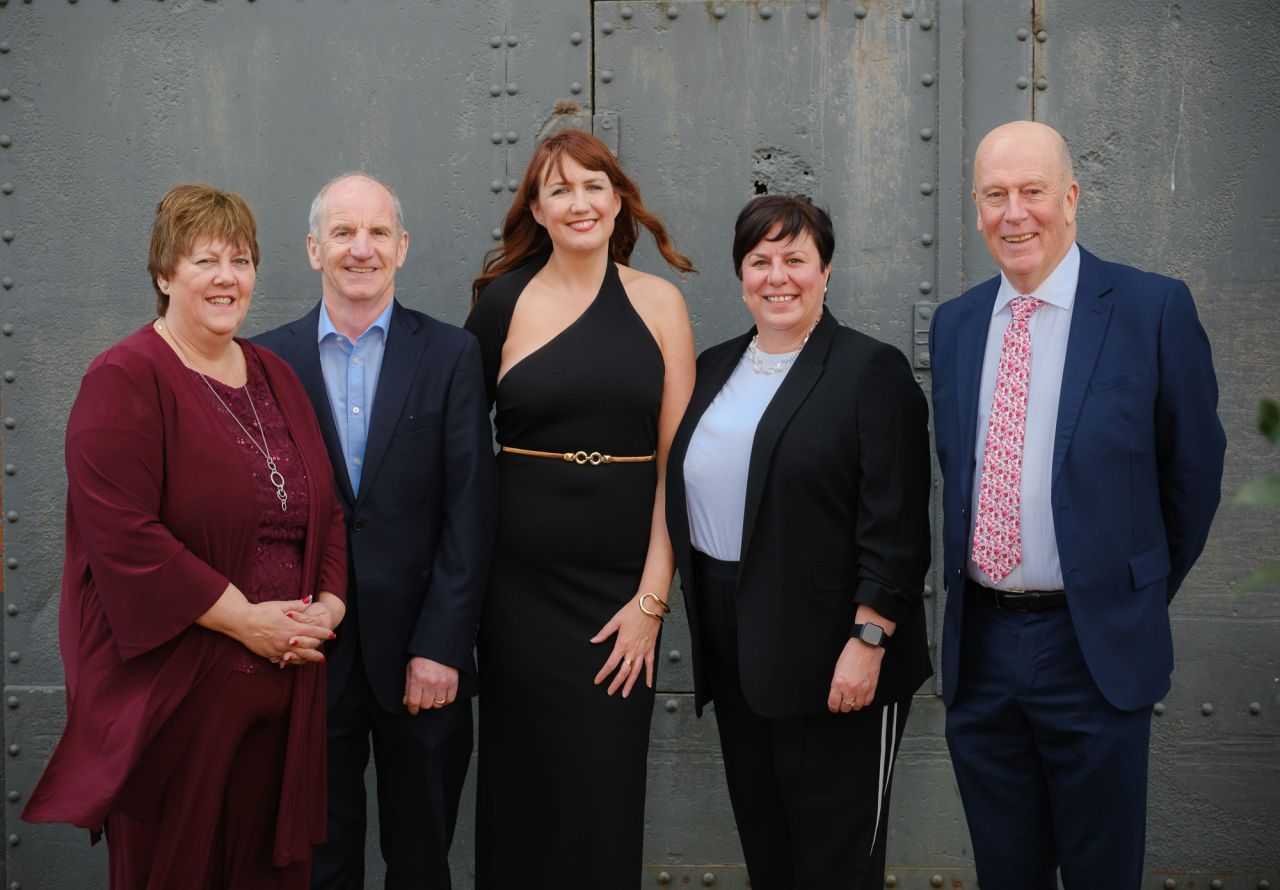About us
- Home
- About
- About Us
The right product, right manufacturer and right installer for your needs
Suitable for new-build and refurbishment projects, liquid applied membranes have delivered proven performance in the UK since the 1970’s with literally millions of square metres laid.
The Liquid Roofing and Waterproofing Association (LRWA) aim is to raise awareness of both the technical and financial benefits of specifying liquid applied membranes and provide independent advice for specifiers.
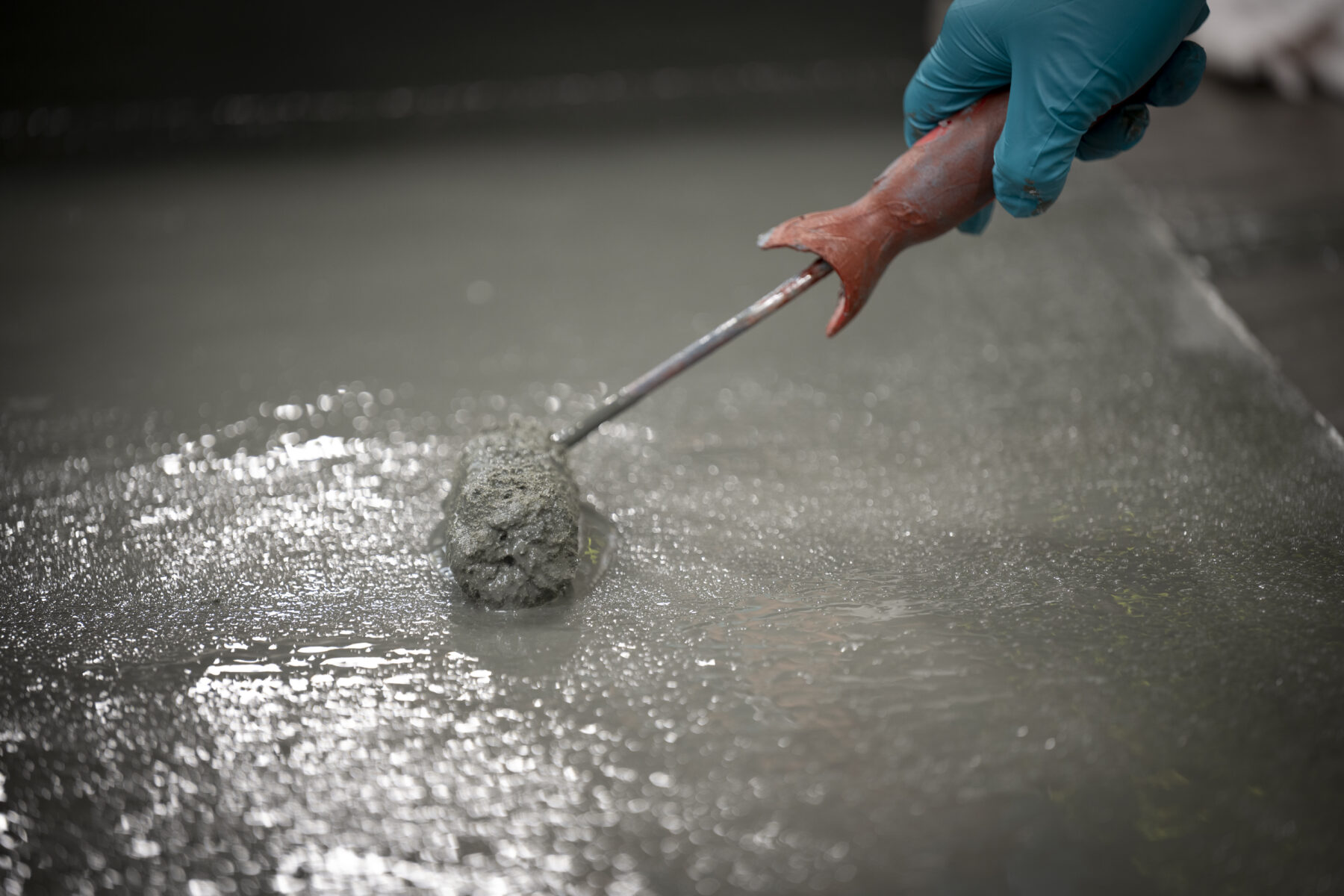
- Voice for the industry
Many of the UK and Europe’s leading manufacturers of liquid applied membranes are members of the association, along with their approved contractors and suppliers.
This diverse member mix means the LRWA can act as a collective voice for the industry, providing guidance on industry standards and best practice.
The comprehensive range of products and services available means our members can provide solutions throughout a project, whether it’s the roof, balcony, basement, walkway or car park.
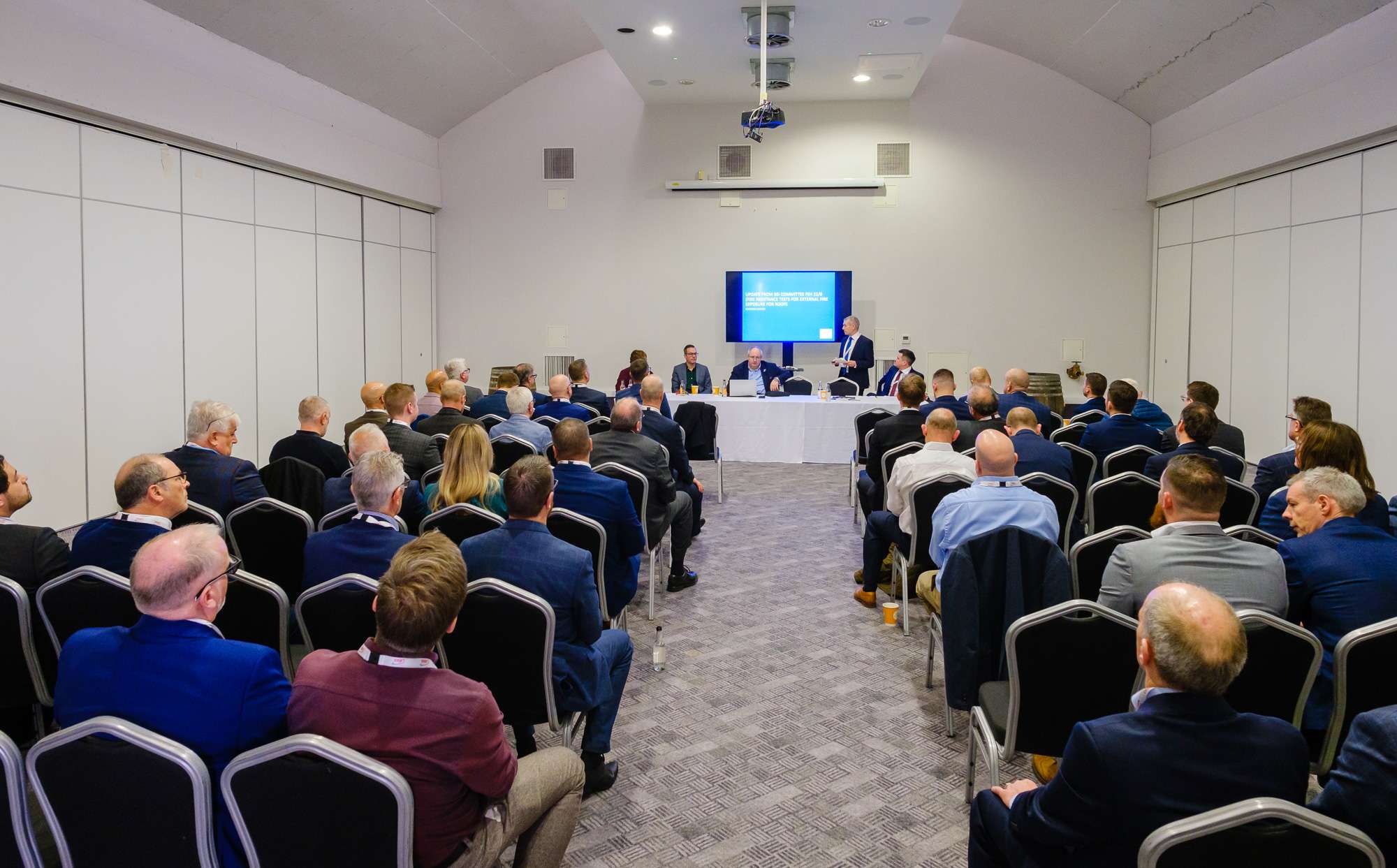
-
Giving specifiers confidence
To ensure specifiers get the very best solutions and expert installation we recommend using LRWA member companies. These are businesses that are devoted to best industry practice and aim to supply and install their systems to a client’s complete satisfaction.
All our manufacturer members have to meet stringent quality criteria before membership with the LRWA can be approved. This includes:
- Training and upskilling
Our range of roofing, construction related training and online courses are designed to make it as simple as possible for employers to attain the necessary skill levels and knowledge for their workers.
One of our biggest achievements was the development of our sector’s equivalent to an apprenticeship (known as SAP) and up-skilling programmes for contractors, which helps to support installers in gaining an NVQ L2 in Liquid Roofing.
We have also developed online training courses such as ‘Foundation in Liquid Applied Flat Roofing’ which provides a broad overview of our sector for all those who work in it, at any level.
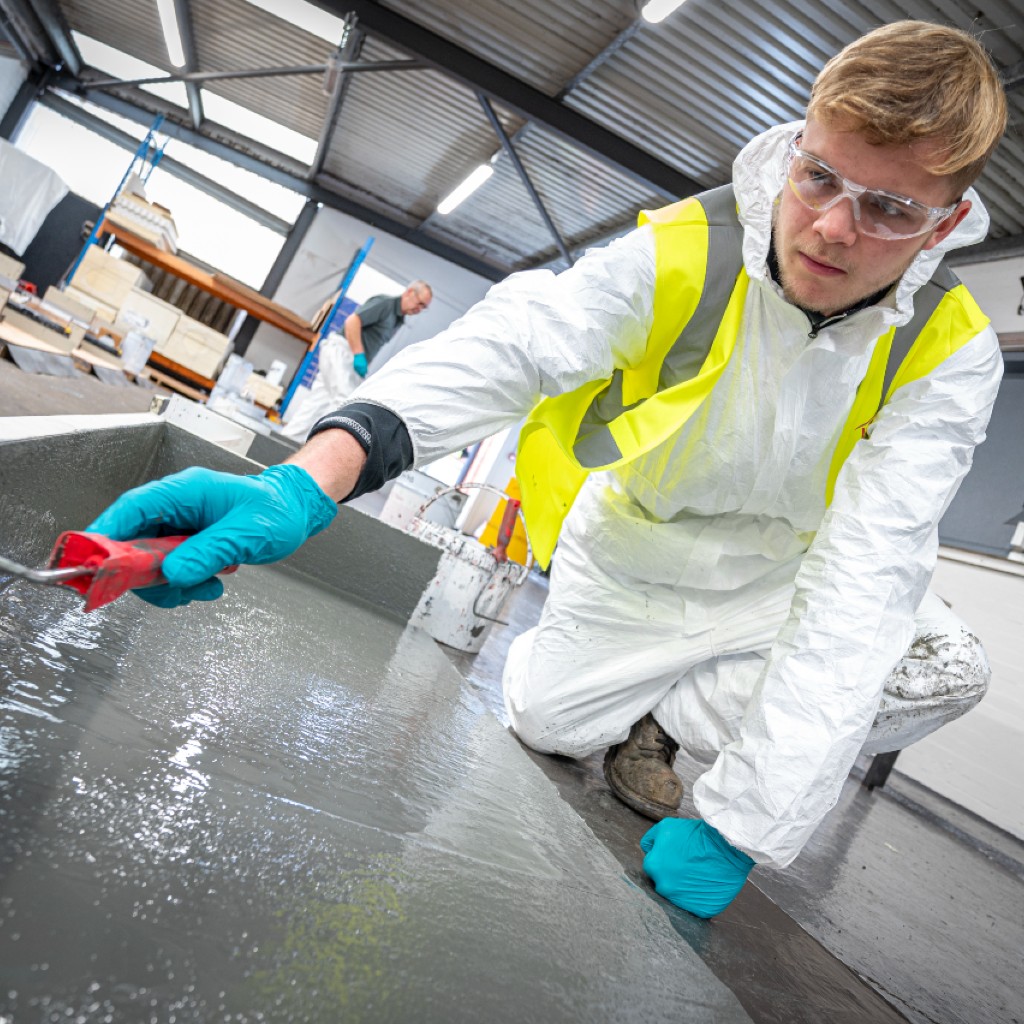
- Technical guidance
We provide technical guidance through Guidance Notes and the LRWA Design Guide for Specifiers, and our members work together to ensure liquids are represented within industry standards.
Through partnerships with other roofing trade associations, the LRWA is working hard to move the flat roofing industry forwards and ensure that clients receive the right product, from the right manufacturer and right installer for your project requirements.
- Useful links
- Members area
- Join LRWA
- Latest events
- Latest vacancies
Listed below are the latest jobs posted by our LRWA members.
Related Content
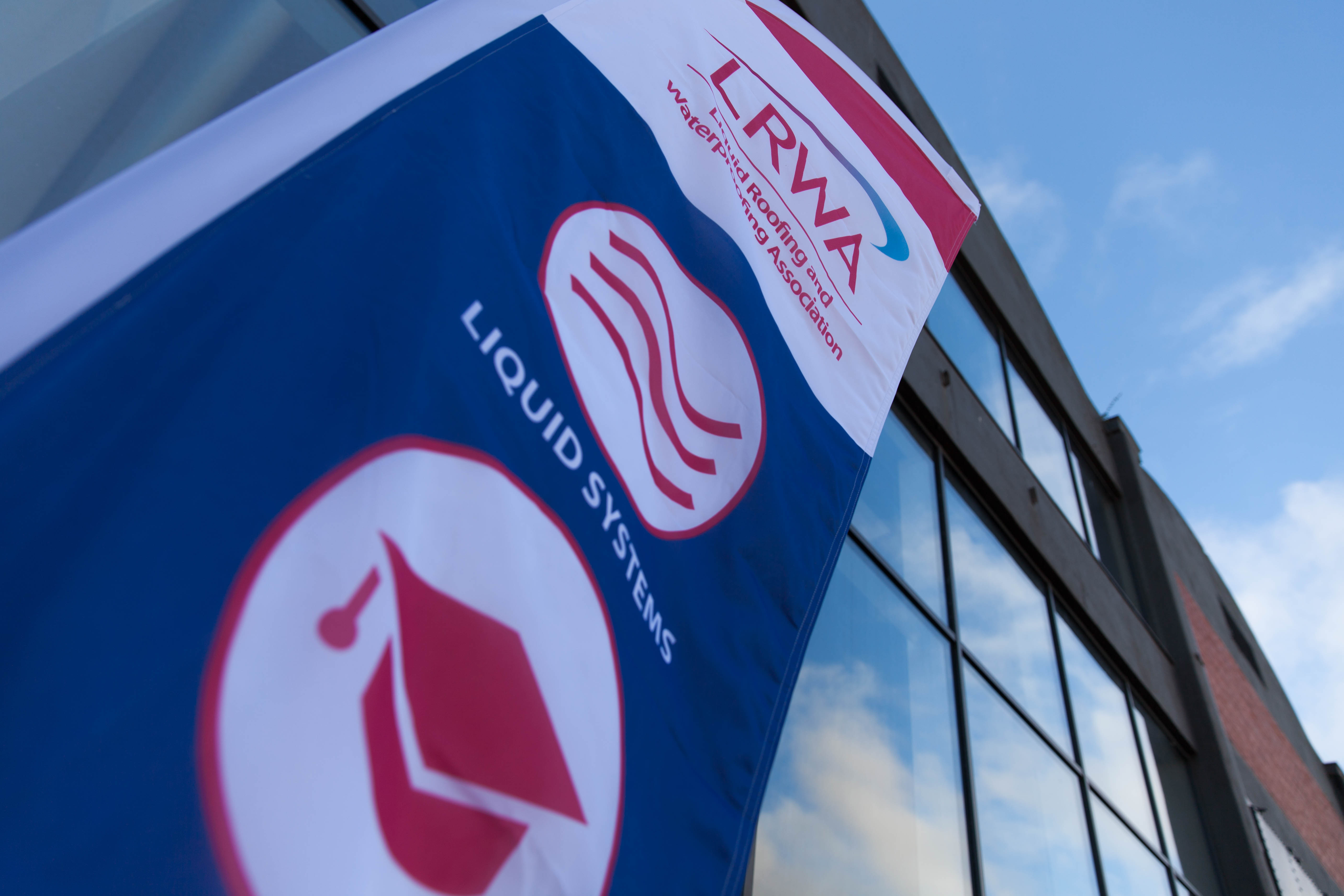
Our history
The association was founded in 1979, and evolved to become the LRWA in 2010, read about our history
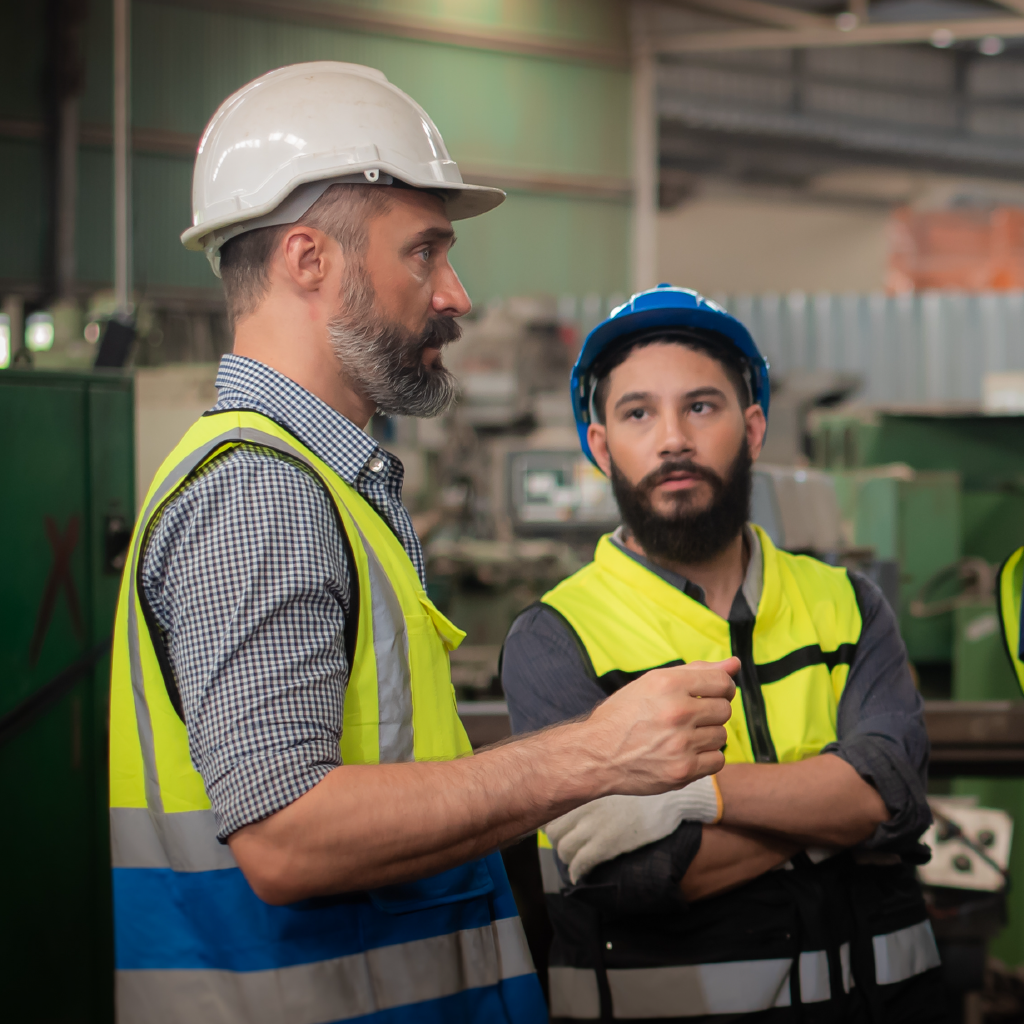
Partnerships & affiliations
Having close relationships with a wide range of organisations is the key to LRWA’s success in assisting in the developing, supporting and education on behalf of our members

LRWA Charity support
As a ‘not-for-profit’ trade association, we like to show our support for various charitable causes and select a different charity each year.

